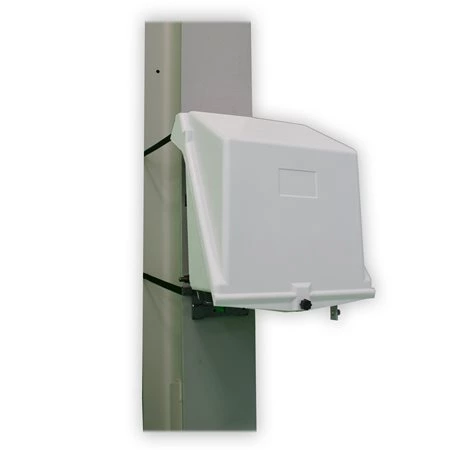Use Low Voltage Pole Mounted Circuit Breakers To Protect Motors
Two characteristics of motors (mainly AC induction motors) must be noted: one is that they have a certain overload capacity; the other is that the starting current is usually several times the rated current (even up to ten times in reversible operation or reverse braking). Therefore, in order to ensure the reliable operation and smooth starting of the motor, the following principles should be followed when selecting Lv Pole Mounted Circuit Breakers:
(1) Determine the long-delay action current setting value of the circuit breaker according to the rated current of the motor.
(2) The return time of the 6-fold long-delay action current setting value of the circuit breaker is longer than the actual starting time of the motor.
(3) The instantaneous action current setting value of the circuit breaker: the cage-type motor should be 8 to 15 times the rated current of the release; the winding-type motor should be 3 to 6 times the rated current of the release.
Of course, for motors that need to be started frequently, if the probability of phase failure is not high or there is a phase failure protection device, it is more appropriate to use a combination of fuses and magnetic starters for control and protection, because this protection method is convenient for remote control.
Generally, short-delay releases are required for the coordination of upper and lower level protections, long delays are generally used for overload protection; short delays and instantaneous releases are used for short-circuit protection. General low-voltage circuit breakers: long delays are generally around 10S, short delays are generally 0.1s or 0.4S, and instantaneous releases are generally less than or equal to 0.1S.

